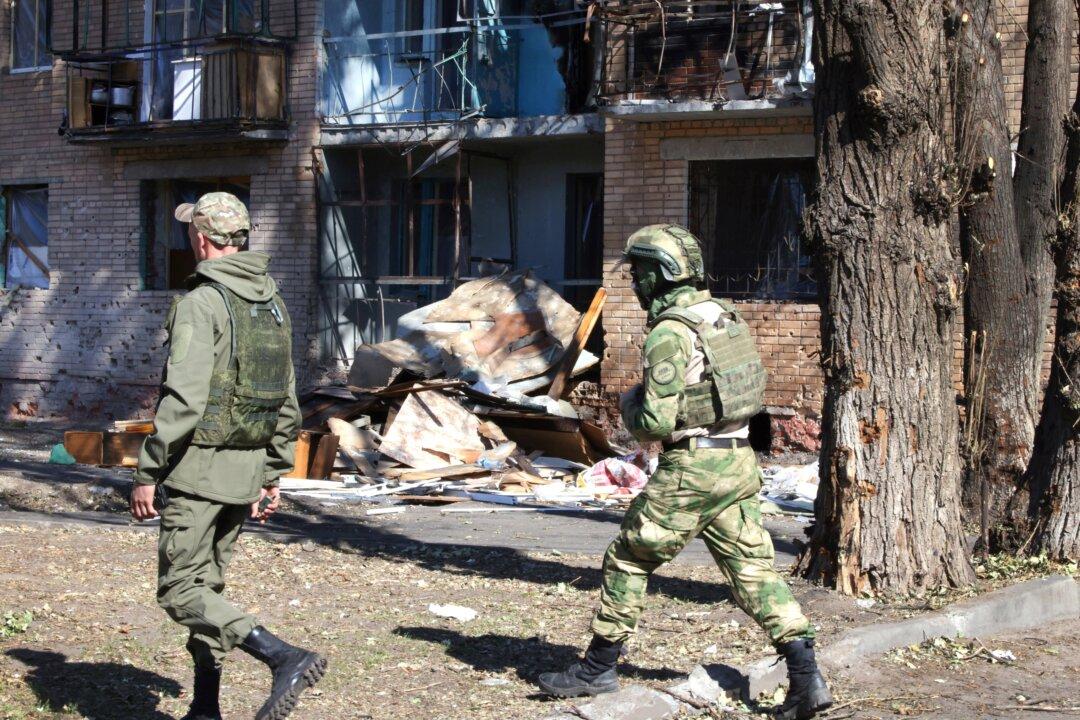Commentary
Ukraine’s successful surprise attack into Russia’s Kursk Oblast is, I believe, a very high-stakes example of robbing Peter to pay Paul.

Ukraine’s successful surprise attack into Russia’s Kursk Oblast is, I believe, a very high-stakes example of robbing Peter to pay Paul.